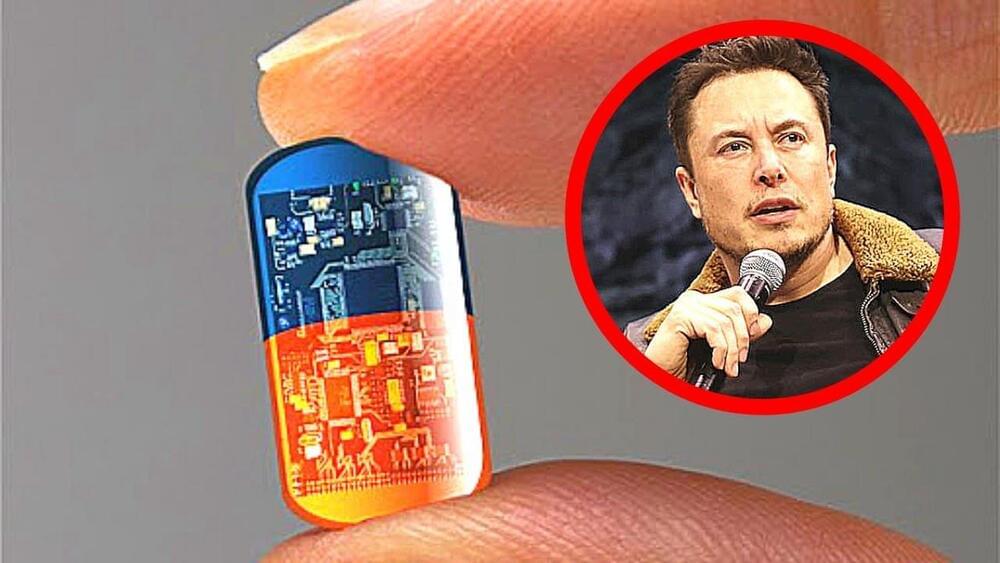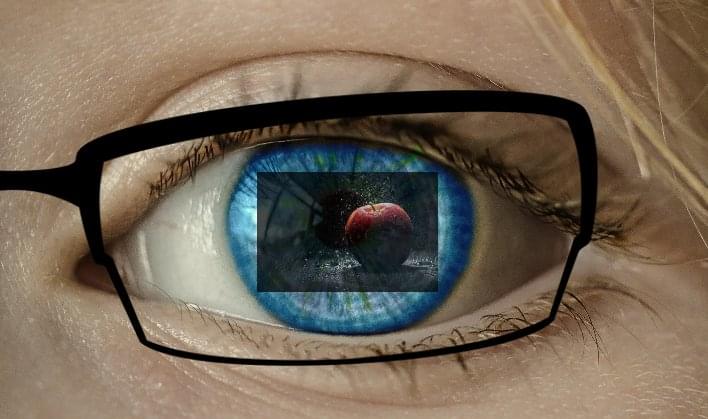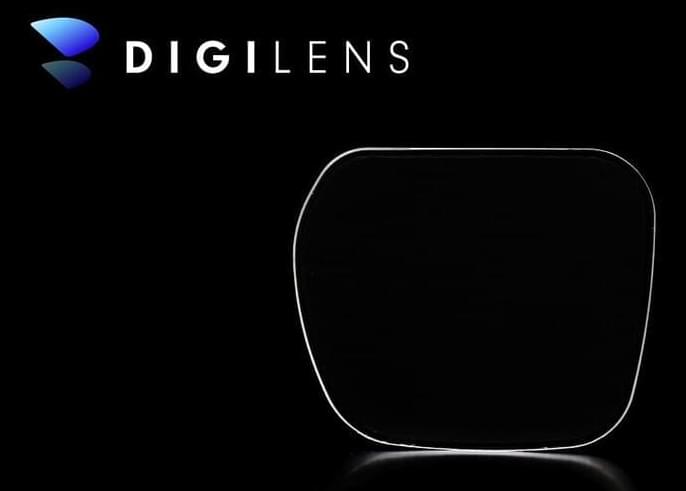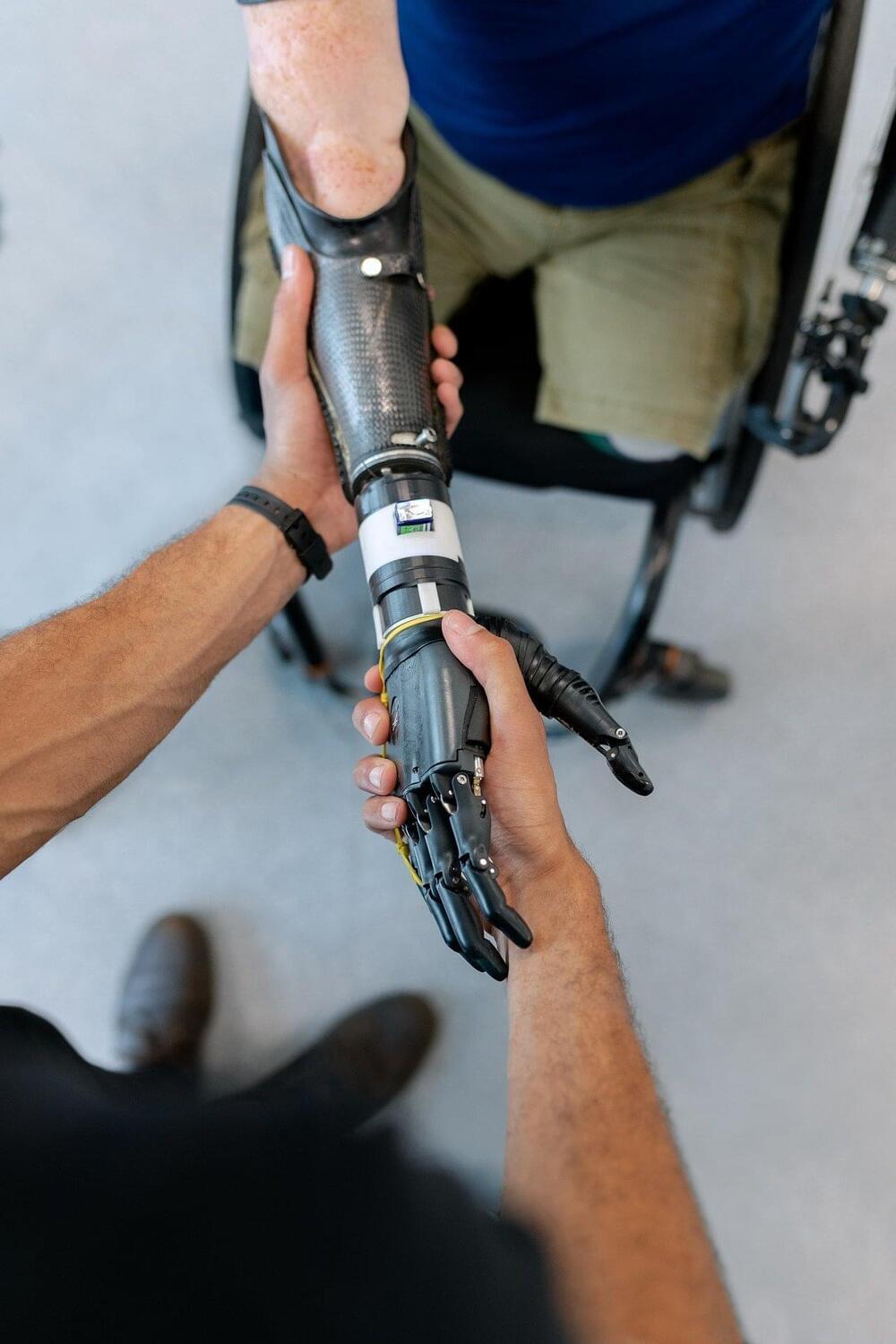Nov 8, 2021
Mansoor Hanif — Executive Director, Emerging Technologies, NEOM — An Accelerator Of Human Progress
Posted by Ira S. Pastor in categories: augmented reality, cyborgs, internet, robotics/AI, security, space, sustainability
A US$500 billion accelerator of human progress — mansoor hanif, executive director, emerging technologies, NEOM.
Mansoor Hanif is the Executive Director of Emerging Technologies at NEOM (https://www.neom.com/en-us), a fascinating $500 billion planned cognitive city” & tourist destination, located in north west Saudi Arabia, where he is responsible for all R&D activities for the Technology & Digital sector, including space technologies, advanced robotics, human-machine interfaces, sustainable infrastructure, digital master plans, digital experience platforms and mixed reality. He also leads NEOM’s collaborative research activities with local and global universities and research institutions, as well as manages the team developing world-leading Regulations for Communications and Connectivity.
















